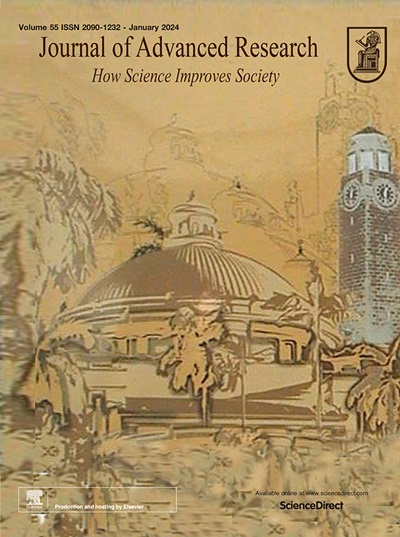机械力学——为慢性肝病的治疗开辟了新的战场
IF 11.4
1区 综合性期刊
Q1 MULTIDISCIPLINARY SCIENCES
引用次数: 0
摘要
进入21世纪,慢性肝病的研究取得了重大突破。新的致病性生化标志物和相应的药物不断涌现。然而,由于肝脏复杂的病理改变,包括血管功能障碍、肌成纤维细胞样转变和肝窦局部组织坏死,目前的治疗策略仍不令人满意。这些挑战促使人们迫切需要创新的协同治疗方法。机械力学是一个不断发展的领域,越来越多的证据表明机械信号起着类似于生化标记的作用。这些信号影响反应速度、传导强度和调节细胞活动的功能多样性。本文综述了“肝纤维化-肝硬化-肝细胞癌”发展过程中的三个主要力学特征,并对几个力学相关靶点进行了深入的解释。最后,从细胞的角度提出了当前和前沿的治疗策略。尽管仍然存在许多挑战,但这次审查既相关又重要。本文章由计算机程序翻译,如有差异,请以英文原文为准。

Mechanical mechanics-reclaiming a new battlefield for chronic liver disease
Background
In the 21st century, significant breakthroughs have been made in the research of chronic liver disease. New biochemical markers of pathogenicity and corresponding drugs continue to emerge. However, current treatment strategies remain unsatisfactory due to complex pathological changes in the liver, including vascular dysfunction, myofibroblast-like transition, and local tissue necrosis in liver sinusoids. These challenges have created an urgent need for innovative, synergistic treatments. Mechanical mechanics is a growing field, with increasing evidence suggesting that mechanical signals play a role similar to that of biochemical markers. These signals influence response speed, conduction intensity, and functional diversity in regulating cell activities.Aim of review
This review summarizes the three main mechanical characteristics involved in the progression of “liver fibrosis-cirrhosis-hepatocellular carcinoma” and provides an in-depth interpretation of several mechanically-related targets. Finally, current and cutting-edge therapeutic strategies are proposed from a cellular perspective. Despite the many challenges that remain, this review is both relevant and significant.求助全文
通过发布文献求助,成功后即可免费获取论文全文。
去求助
来源期刊

Journal of Advanced Research
Multidisciplinary-Multidisciplinary
CiteScore
21.60
自引率
0.90%
发文量
280
审稿时长
12 weeks
期刊介绍:
Journal of Advanced Research (J. Adv. Res.) is an applied/natural sciences, peer-reviewed journal that focuses on interdisciplinary research. The journal aims to contribute to applied research and knowledge worldwide through the publication of original and high-quality research articles in the fields of Medicine, Pharmaceutical Sciences, Dentistry, Physical Therapy, Veterinary Medicine, and Basic and Biological Sciences.
The following abstracting and indexing services cover the Journal of Advanced Research: PubMed/Medline, Essential Science Indicators, Web of Science, Scopus, PubMed Central, PubMed, Science Citation Index Expanded, Directory of Open Access Journals (DOAJ), and INSPEC.
 求助内容:
求助内容: 应助结果提醒方式:
应助结果提醒方式:


